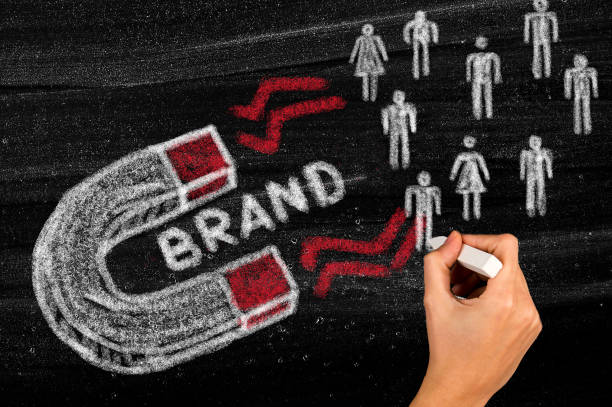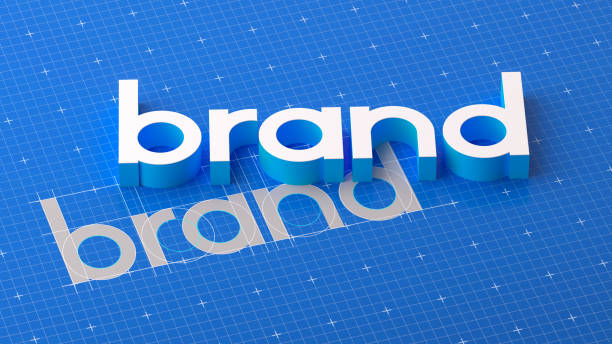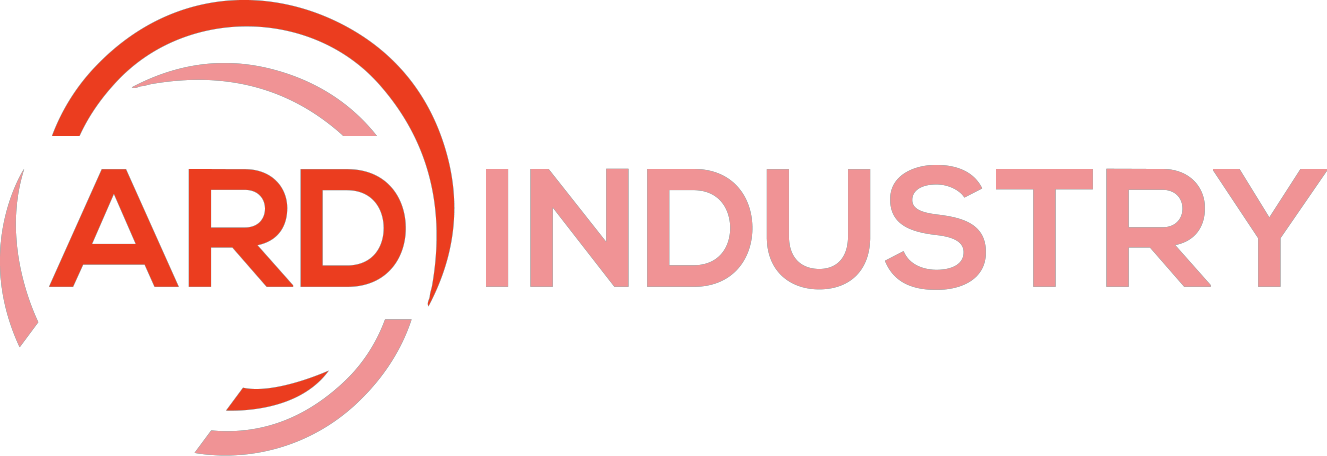Have you ever wondered what makes a brand instantly recognizable? What sets some businesses apart from the competition, while others struggle to get noticed? The answer often lies in a unique brand identity. But what exactly is brand identity, and how can you craft one that resonates with your audience?
In today’s competitive marketplace, your brand identity is more than just a logo or color palette. It’s the personality of your business, reflected through design elements that speak to your target audience. A strong brand identity can help you stand out, build trust, and foster a deep connection with customers. So, how can you ensure your brand identity speaks volumes?
Let’s explore how you can craft a unique and effective brand identity through design.
What is Brand Identity, and Why Does It Matter?
Brand identity is the visual and emotional representation of your business. It includes everything from your logo, color scheme, and typography to your tone of voice and overall aesthetic. Together, these elements create a cohesive image that conveys who you are, what you do, and why you’re different from the rest.
Why does this matter? Because your brand identity sets the stage for all interactions with customers. It shapes how people perceive you and how they feel about your business. An effective brand identity builds recognition, fosters loyalty, and creates a lasting impression in the minds of your audience.
Understanding the Role of Design in Unique Brand Identity
Design plays a critical role in shaping your brand identity. It’s not just about looking good—it’s about conveying a message that aligns with your values and speaks directly to your target audience.
Let’s break down the essential design elements that come together to form a unique brand identity.
1. Logo Design: The Face of Your Brand
Your logo is the cornerstone of your brand identity. It’s the first thing people associate with your business, so it’s essential to get it right. A well-designed logo communicates your brand’s values, personality, and mission in a simple, memorable way.
Think of iconic logos like Nike’s swoosh, Apple’s apple, or McDonald’s golden arches. These logos are instantly recognizable, even without any accompanying text. That’s the power of effective logo design. It creates a visual shortcut for people to associate with your brand.
When designing your logo, consider these key factors:
- Simplicity: A simple logo is more likely to be remembered. Avoid unnecessary details and keep it clean and straightforward.
- Versatility: Your logo should look good across all platforms, whether it’s on a billboard, a website, or a business card.
- Relevance: Your logo should reflect your industry, audience, and brand values. For example, a logo for a luxury brand might feature sleek, sophisticated typography, while a logo for a playful children’s brand might use bold, colorful fonts.
2. Color Scheme: Evoking Emotions and Building Trust – Unique Brand Identity
Colors play a significant role in brand identity. Different colors evoke different emotions and can have a psychological impact on your audience. For example, blue is often associated with trust and professionalism, while red can convey energy and passion.
When choosing your brand’s color palette, it’s important to consider both the emotions you want to evoke and the cultural significance of different colors. For example, while green might symbolize growth and health in the Western world, it can represent prosperity and wealth in other cultures.
Here are some common color associations in branding:
- Blue: Trust, calm, professionalism
- Red: Passion, excitement, urgency
- Yellow: Optimism, happiness, creativity
- Green: Health, growth, nature
- Black: Elegance, sophistication, luxury
- Purple: Creativity, wisdom, luxury
By choosing the right colors for your brand, you can communicate a powerful message without saying a word.

3. Typography: Setting the Tone
Typography is another crucial element of your brand identity. The fonts you choose reflect the tone of your brand, whether it’s modern and sleek, playful and fun, or traditional and serious. Just like color, typography helps convey the personality of your business.
When selecting fonts, think about how you want your audience to feel when interacting with your brand. Do you want to project a friendly, approachable vibe? Consider using rounded, sans-serif fonts. If you want to come across as professional and established, opt for serif fonts or elegant script styles.
Consistency is key with typography. Use your selected fonts across all brand materials to ensure a cohesive and professional appearance.
4. Imagery: Telling Your Brand’s Story – Unique Brand Identity
Images play an important role in telling your brand’s story. Whether it’s through photography, illustrations, or iconography, imagery helps set the tone and creates an emotional connection with your audience. High-quality visuals can evoke emotions, communicate values, and make your brand feel more relatable.
When choosing imagery, ensure that it aligns with your brand’s message and tone. For example, if your brand focuses on adventure and outdoor activities, you might want to use images of nature, travel, and exploration. On the other hand, a luxury brand might opt for refined, elegant images that evoke sophistication.
Always keep your audience in mind when selecting imagery. The visuals should resonate with their lifestyle, values, and interests.
5. Consistency Across Touchpoints
A unique brand identity isn’t just about creating individual design elements—it’s about ensuring consistency across all touchpoints. From your website to your social media profiles, packaging, and advertising materials, every aspect of your brand should reflect the same identity.
Consistency helps build recognition and trust. When customers see your logo, color palette, and typography used consistently, they start to associate those elements with your brand. This recognition builds a sense of familiarity and loyalty, making them more likely to choose your products or services over competitors.
The Power of Storytelling in Unique Brand Identity
While design elements are essential, they should also work together to tell a story. A strong brand identity isn’t just about looking good—it’s about conveying a narrative that connects with your audience on an emotional level.
When you craft your brand identity, think about the story you want to tell. What are your core values? What’s your mission? What do you want your audience to feel when they interact with your brand? Once you have a clear story in mind, make sure your design elements work together to communicate that story.
For example, if your brand is focused on sustainability, you might use earthy colors, nature-inspired imagery, and minimalist designs to communicate your commitment to the environment. On the other hand, a tech company might opt for sleek, modern designs with bold, futuristic colors to reflect innovation and cutting-edge technology.

How to Build Your Brand Identity Through Unique Brand Identity
Now that we’ve explored the essential design elements of brand identity, let’s break down the steps to crafting your own unique brand identity.
Step 1: Define Your Brand’s Core Values and Mission
Before you can start designing, you need to have a clear understanding of your brand’s mission, values, and target audience. What does your business stand for? What problem are you solving for your customers? How do you want to be perceived in the market?
This foundation will guide all your design decisions and ensure that your brand identity aligns with your business goals.
Step 2: Research Your Target Audience
Understanding your audience is crucial in designing a brand identity that resonates with them. What are their preferences, interests, and pain points? What kind of design elements are they drawn to?
Researching your target audience will help you create a brand identity that appeals to their tastes and needs. It will also ensure that your design elements speak directly to their emotions, making a stronger connection.
Step 3: Create a Mood Board – Unique Brand Identity
A mood board is a visual tool that helps you organize your ideas and inspirations. Collect images, color palettes, typography samples, and other design elements that reflect your brand’s vision and values. This will help you visualize your brand identity and guide the design process.
Step 4: Work with a Professional Designer
While it’s tempting to do it yourself, working with a professional designer can help bring your brand identity to life. Designers have the expertise to create polished, effective designs that align with your brand’s message. They can also ensure that your designs are scalable and adaptable across different platforms and mediums.
Step 5: Test and Refine
Once your brand identity is developed, it’s essential to test it with your audience. Collect feedback from customers and stakeholders, and use it to refine your designs. Testing will help you identify areas for improvement and ensure that your brand identity is as effective as possible.

Conclusion: Unique Brand Identity
Crafting a unique brand identity through design is a powerful way to differentiate your business, build recognition, and connect with your audience on a deeper level. By carefully considering design elements such as logos, colors, typography, and imagery, you can create an identity that reflects your values and resonates with customers.
Remember, your brand identity is more than just a visual representation—it’s the essence of your business. By investing in thoughtful, strategic design, you’ll not only create a memorable brand but also set the stage for long-term success. So, why wait? Start crafting your brand identity today and watch your business thrive.








